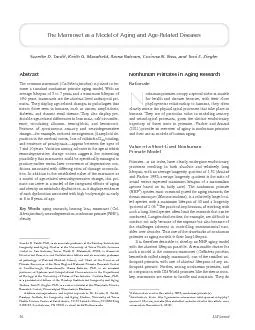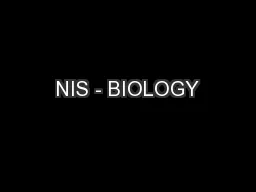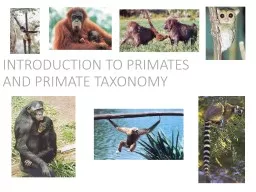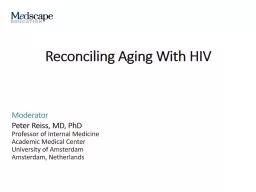PDF-Callithrix jacchuscome a standard nonhuman primate aging model. With a
Author : olivia-moreira | Published Date : 2015-08-31
onhuman primates occupy a special niche as models for health and disease because with their close phylogenetic relationship to humans they often closely mirror the
Presentation Embed Code
Download Presentation
Download Presentation The PPT/PDF document "Callithrix jacchuscome a standard nonhum..." is the property of its rightful owner. Permission is granted to download and print the materials on this website for personal, non-commercial use only, and to display it on your personal computer provided you do not modify the materials and that you retain all copyright notices contained in the materials. By downloading content from our website, you accept the terms of this agreement.
Callithrix jacchuscome a standard nonhuman primate aging model. With a: Transcript
Download Rules Of Document
"Callithrix jacchuscome a standard nonhuman primate aging model. With a"The content belongs to its owner. You may download and print it for personal use, without modification, and keep all copyright notices. By downloading, you agree to these terms.
Related Documents














